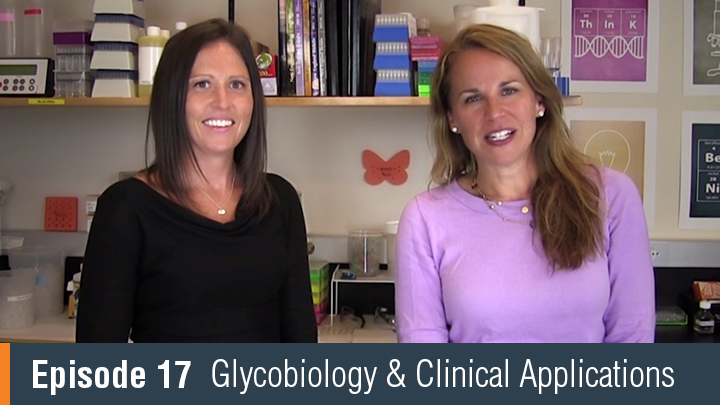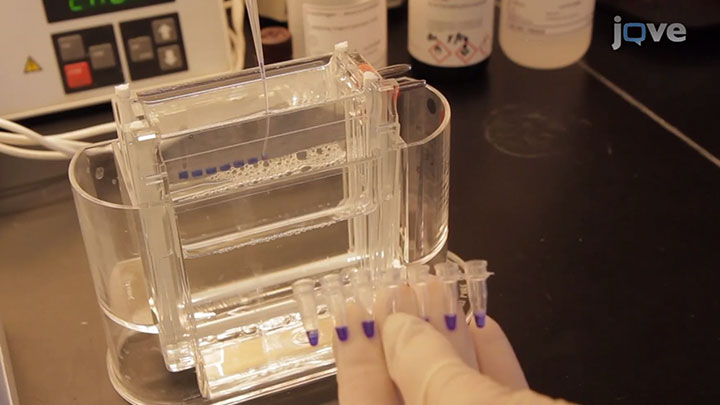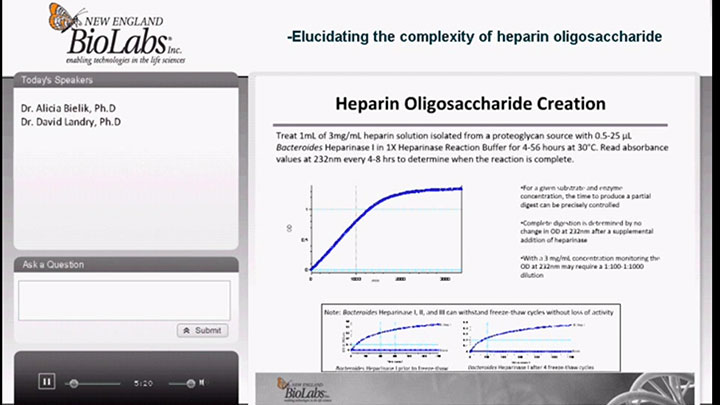
Endoglycosidases
Choose Type:
- Do detergents inhibit exoglycosidases/endoglycosidases?
- Is PNGase F compatible with downstream analysis such as HPLC and Mass Spectrometry?
- What are Glycosidases and their uses?
- What is the difference between PNGase F and Endo H?
- What is a good endoglycosidase substrate?
- Are NEB's endoglycosidases compatible with protease inhibitor cocktails?
- What is the difference between Endo H and Endo Hf?
- Can endoglycosidases be removed from the reaction?
- Can glycosidases be used in combination for extensive digestion?
- Can glycosidases be used on whole cells?
- Do the Remove-iT glycosidases have the same specificity as enzymes without a tag?
- Loading a Sample (P7708)
- O-Glycosidase Application Note 1 (P0733)
- O-Glycosidase (P0733)
- Endo-α-N-Acetylgalactosaminidase Application Note 1
- Suggested Protocol for Loading the Unstained Protein Ladder, Broad Range (P7703)
- Endo H/Endo Hf Protocol
- Reaction Conditions for Remove-iT® PNGase F (P0706)
- Reaction Conditions for Endo S (P0741)
- Endo S Removal Magnetic Chitin Bead Protocol (P0741)
- Remove-iT® PNGase F Magnetic Chitin Bead Protocol (P0706)
- Reaction Conditions for Endo D (P0742)
- Endo D Removal Magnetic Chitin Bead Protocol (P0742)
- PNGase F Protocol
- Rapid PNGase F Protocols (P0710)
- Intact Protein LS-ESI-TOF Protocol (P0710)
- Rapid PNGase F by SDS-PAGE Protocol (P0710)
- Glycan SPE C18 and Graphitized Carbon Protocols (P0710)
- Glycoproteomics: Buffer Exchange Protocols (P0710)
- Glycoproteomics: Buffer Exchange Protocols (P0711)
- Rapid PNGase F (non-reducing format) (P0711) Reaction Protocol
- Rapid PNGase F (non-reducing format) (P0711) SDS-PAGE Protocol
- Reaction Protocols for Protein Deglycosylation Mix II (P6044)
- Typical Reaction Conditions for Endo F3 Protocol (P0771)
- Reaction Conditions for PNGase A (P0707)
- Endo F2 Reaction Protocol (P0772)
- Removal of Endo F2 by Magnetic Beads (P0772)
-
The Structure, Function and Importance of Carbohydrates
Read about the structure, function, and importance of Carbohydrates from biology experts at NEB.
- Glycoproteomics Brochure
- Detailed Characterization of Several Glycosidase Enzymes
- Glycobiology Unit Conversion Chart
Feature Articles
Brochures
Usage Guidelines
Products and content are covered by one or more patents, trademarks and/or copyrights owned or controlled by New England Biolabs, Inc (NEB). The use of trademark symbols does not necessarily indicate that the name is trademarked in the country where it is being read; it indicates where the content was originally developed. The use of this product may require the buyer to obtain additional third-party intellectual property rights for certain applications. For more information, please email busdev@neb.com.
This product is intended for research purposes only. This product is not intended to be used for therapeutic or diagnostic purposes in humans or animals.




